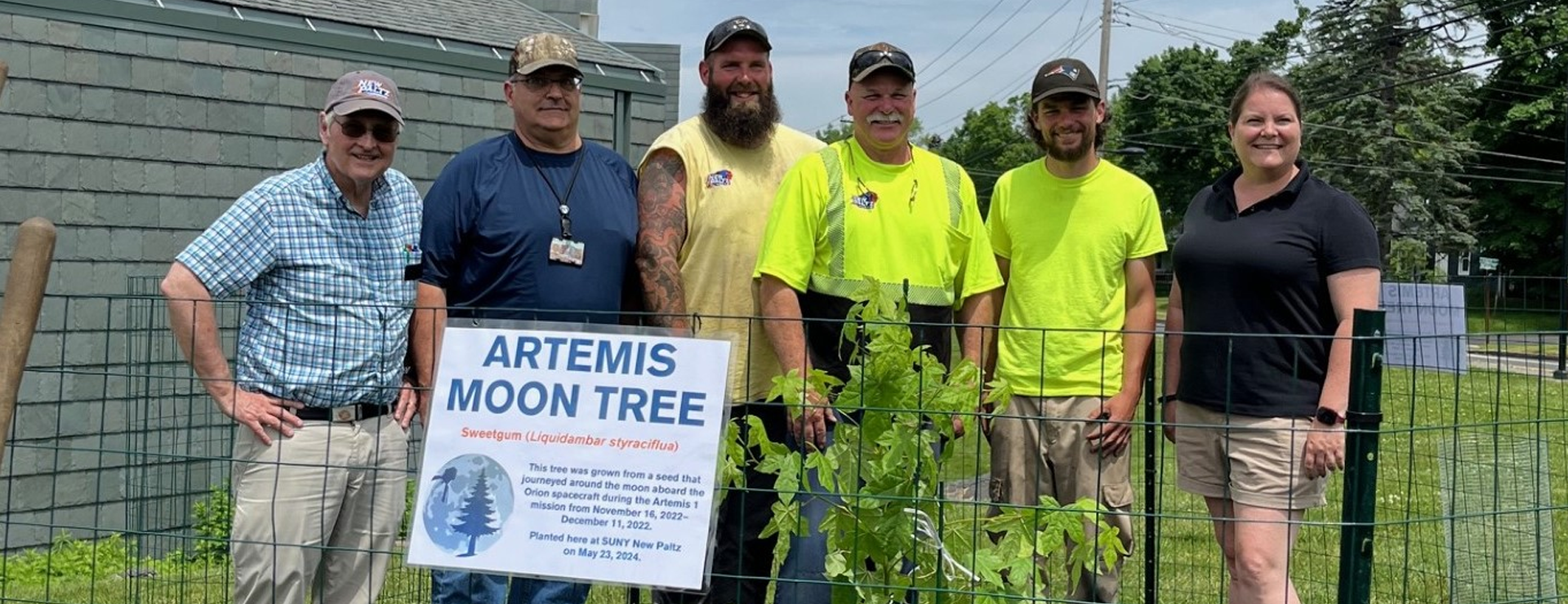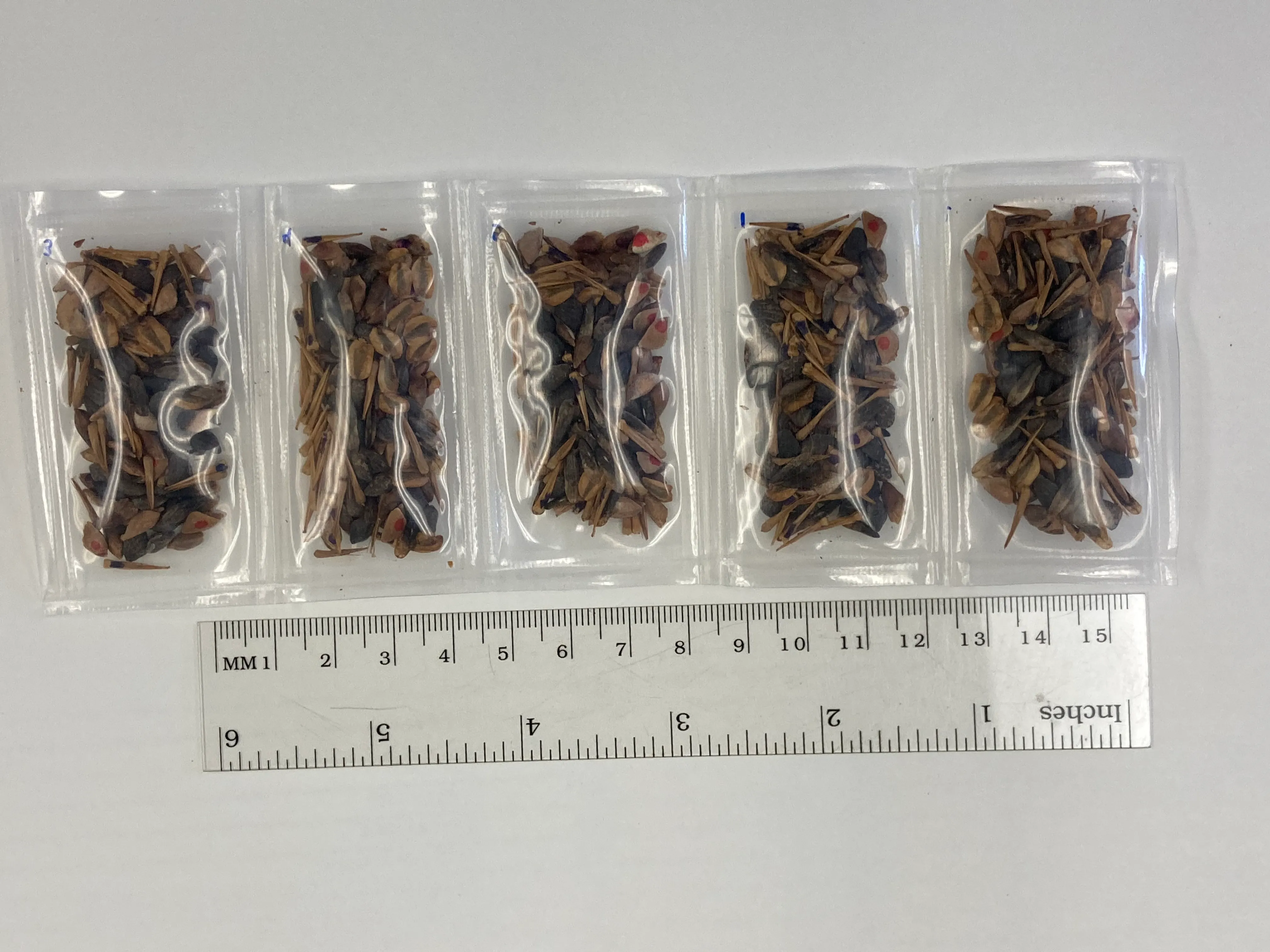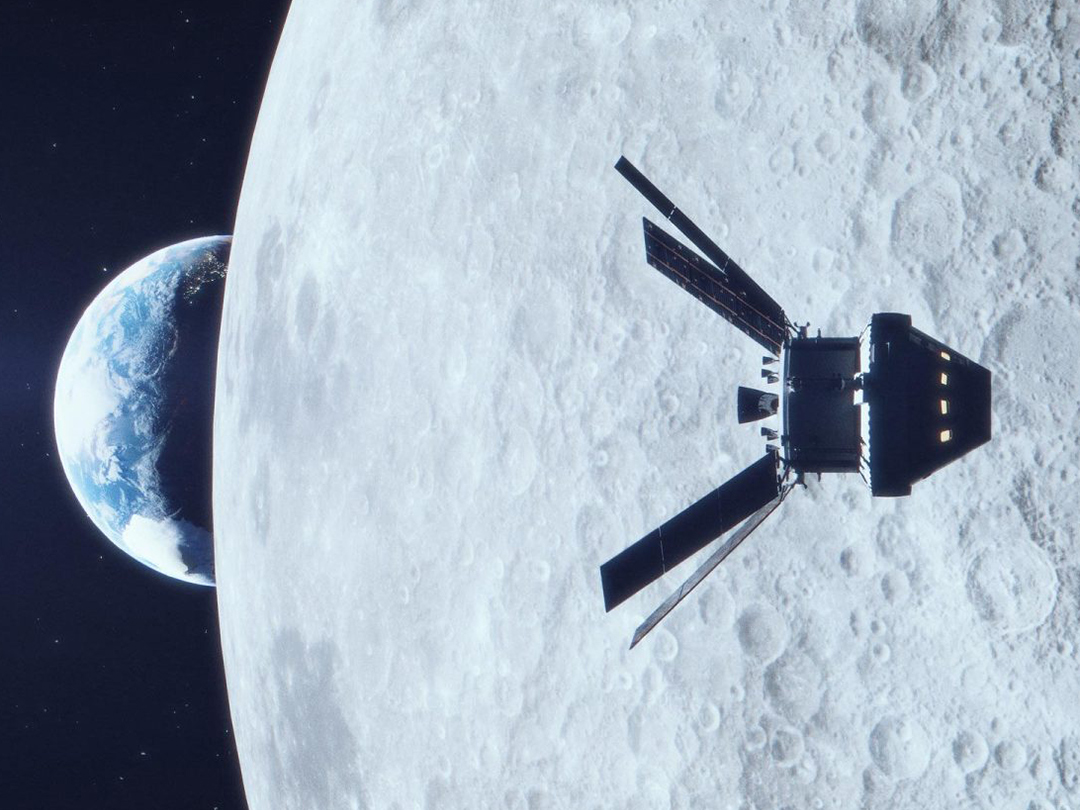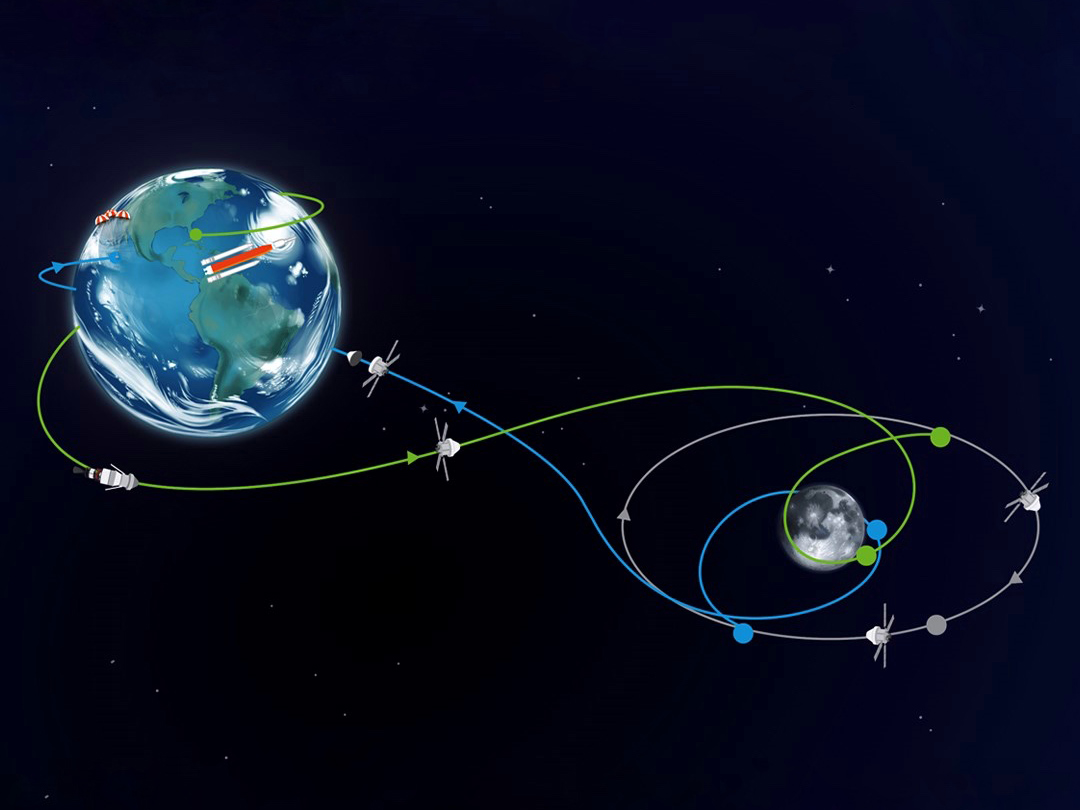
ARTEMIS MOON TREE
Sweetgum (Liquidambar styraciflua)
WHAT IS A MOON TREE?
The story of Moon Trees began in early 1971 when NASA astronaut Stuart Roosa took a special container of seeds with him on the Apollo 14 mission. Roosa, a former Forest Service smokejumper, worked with the Forest Service to bring five different species of tree seeds with him to orbit the Moon. A year later, the seeds were sent to the Forest Service to attempt germination. Many of the seeds were successful and grew into viable seedlings. The Apollo 14 Moon Trees were distributed to schools, state capitals, national parks, NASA centers, and dignitaries around the world.
WHAT IS AN ARTEMIS MOON TREE?
In a nod to the legacy of Apollo 14, and a celebration of the future of space exploration with NASA’s Artemis Program, NASA and the Forest Service teamed up to send out a new generation of Moon Tree seeds. The seeds were carried on the Orion spacecraft as part of the Artemis I mission. They journeyed 270,000 miles around the Moon, spending about 4 weeks in space before returning to Earth in December 2022. The seeds were then sent to Forest Service scientists, who studied how space travel may have affected the seeds, germinated them, and grew the seedlings.
THE SUNY NEW PALTZ MOON TREE
As part of a national conservation education initiative through NASA's Office of STEM Engagement, museums, universities, schools, and other public institutions were invited to apply for ownership of an Artemis Moon Tree. SUNY New Paltz was selected from over a thousand applications to receive a sweetgum seedling, which was planted here on May 23, 2024. We look forward to watching the tree grow as it inspires students and the community to get involved in space and the environment.
In November 2022, NASA sent its Artemis I mission to orbit the Moon, and while the spacecraft was uncrewed, five different species of tree seeds were along for the ride.
NASA’s Moon Tree initiative is a joint project with the U.S. Forest Service, which is a part of the U.S. Department of Agriculture. The program is designed to promote both science and conservation education simultaneously. The USDA Forest Service offers a variety of free resources for K-12 students.
The U.S. Forest Service began accepting applications last year for educational and community organizations to grow a piece of spaceflight history on their grounds.
Upon learning about the Moon Tree program, SUNY New Paltz Physics and Astronomy Chair, Amy Bartholomew, submitted an application almost immediately. SUNY New Paltz was one of only 50 community institutions selected from among 1,300 applications.
“It will be exciting to see our Moon Tree grow,” she said. “We hope it inspires students and the community to get involved in space and environmentalism.”
Check out LIVE video of other Moon Trees!
The tree is a sweetgum, and it can be found in front of Science Hall, along the Mohonk Walk. The location of the south side of Science Hall was chosen due to the public visibility from New Paltz’s Route 32, and because it is close to where buses park to bring thousands of school children to the campus every year for Planetarium shows.
Can't make it to campus to see the New Paltz Moon Tree? Check out this video from SUNY New Paltz’s Facebook page or view photos from our Moon Tree Celebration on Sept. 23, 2024.




